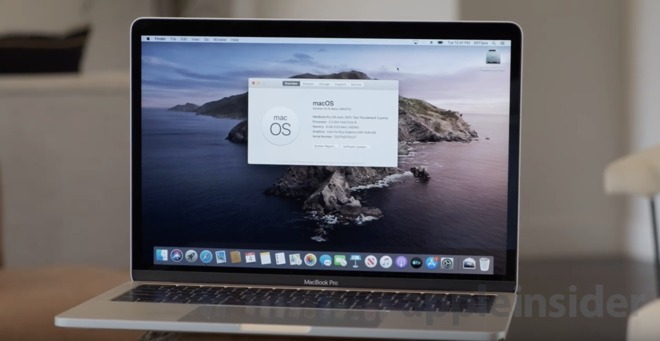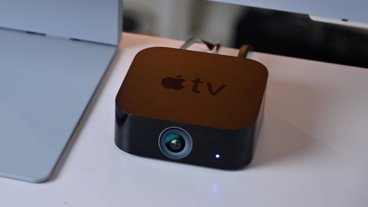Apple issues second macOS Catalina, tvOS 13 public betas for testing
Apple on Wednesday pushed out a second beta versions of its upcoming macOS Catalina and tvOS 13 operating systems, offering users a chance to test out the latest and greatest Mac and Apple TV features before they go live this fall.
The new releases arrive a day after a third round of iOS 13, iPadOS, macOS 10.15, watchOS 6 and tvOS 13 beta software was pushed out to developers for evaluation.
Unveiled at Apple's Worldwide Developers Conference in June, the forthcoming operating system releases promise to deliver a number of feature additions, new first-party apps, performance enhancements and tweaks to user hardware.
As detailed onstage at WWDC and in subsequent beta iterations, macOS Catalina will include a handful of major changes including an unraveling of iTunes that results in standalone Apple Music, Podcasts and TV apps. New Accessibility options enable users to control Mac with their voice and onscreen prompts, while Sidecar turns an iPad or iPad Pro into a secondary display.
Project Catalyst debuted as a developer toolset for simplifying the transition of iPad apps to native Mac titles. Apple is working on its own Catalyst versions of first-party apps, the first of which — News, Stocks, Voice Memos and Home — are expected to launch with Catalina this fall.
Also included are a new Find My app for locating devices and friends, Photos improvements, Safari enhancements and various upgrades to other first-party apps.
As for tvOS 13, Apple is making ready for its forthcoming Apple TV+ and Apple Arcade subscriptions services, the latter of which can be accessed with Xbox One and PlayStation 4 controllers. The OS also supports multiple users and comes with a few user interface tweaks.
The latest macOS Catalina and tvOS 13 beta builds are available through Apple's Public Beta Program.
Both AppleInsider and Apple itself strongly recommend users don't install the betas on to "mission-critical" or primary devices, as there is the remote possibility of data loss or other issues. Instead, testers should install betas onto secondary or non-essential devices, and to make sure there are sufficient backups of important data before updating.
 AppleInsider Staff
AppleInsider Staff











 Malcolm Owen
Malcolm Owen
 William Gallagher
William Gallagher


 Christine McKee
Christine McKee

 Amber Neely
Amber Neely








